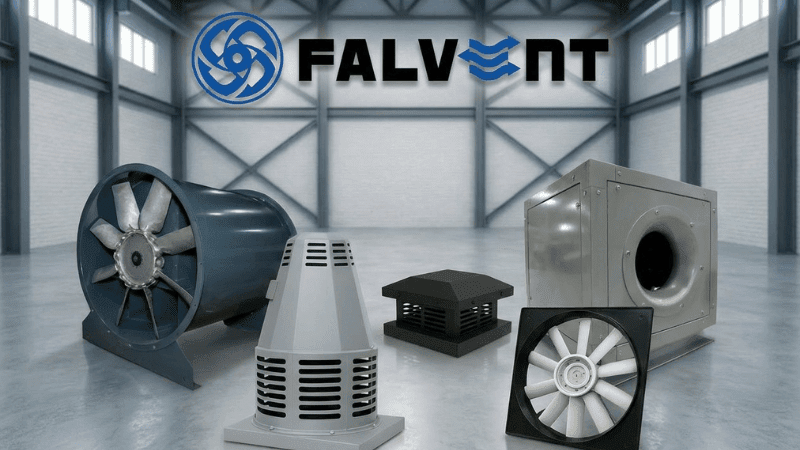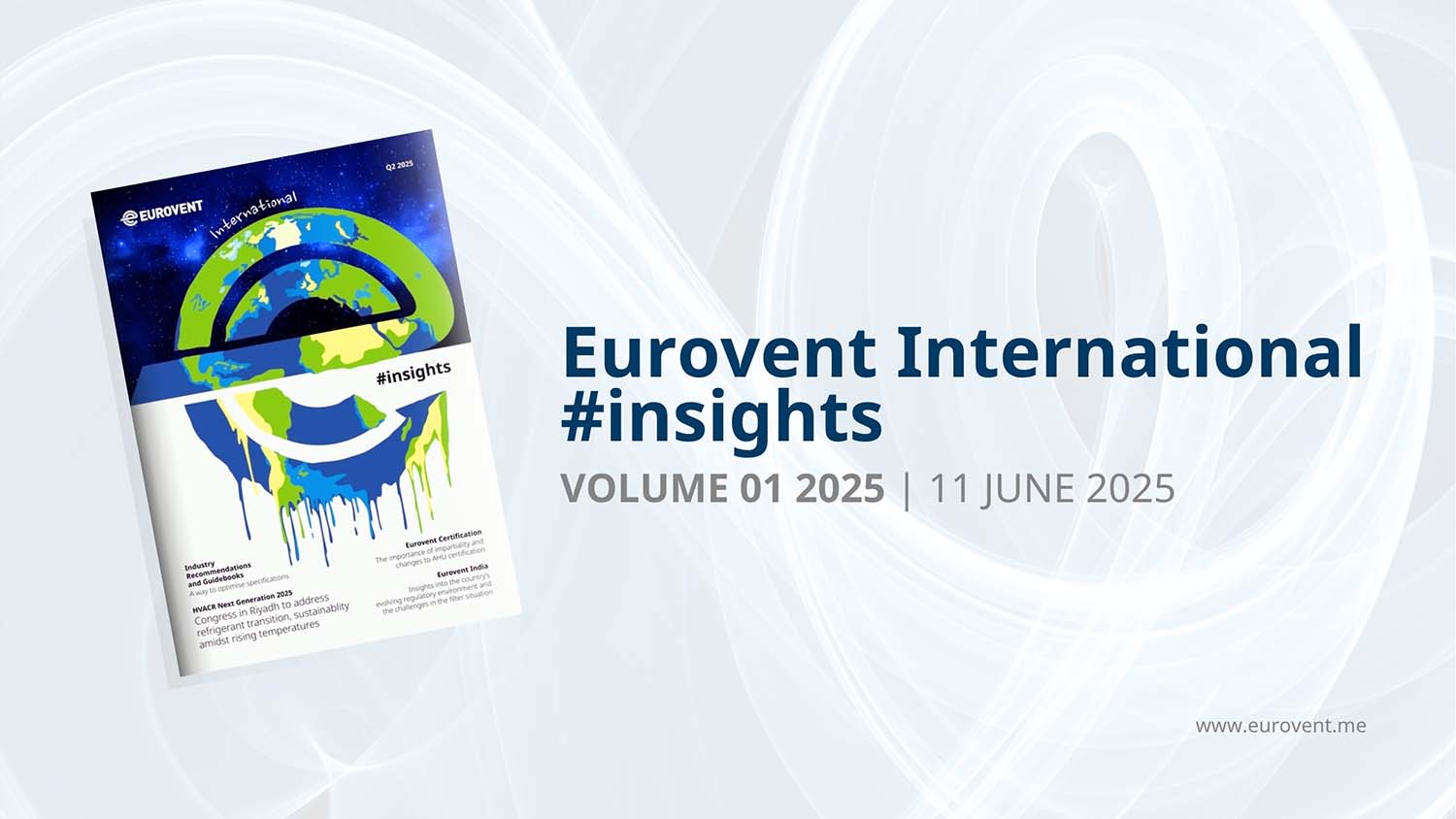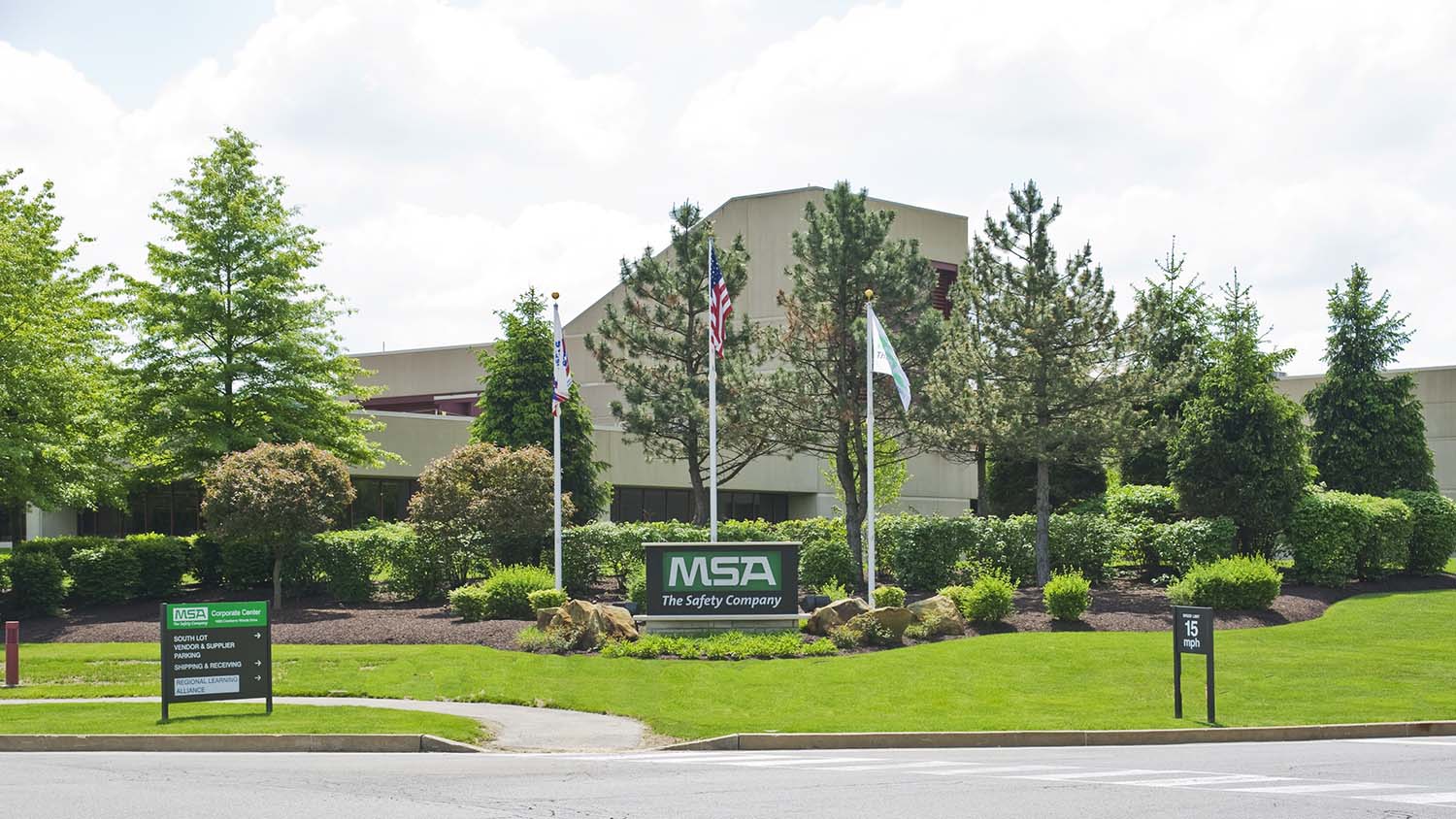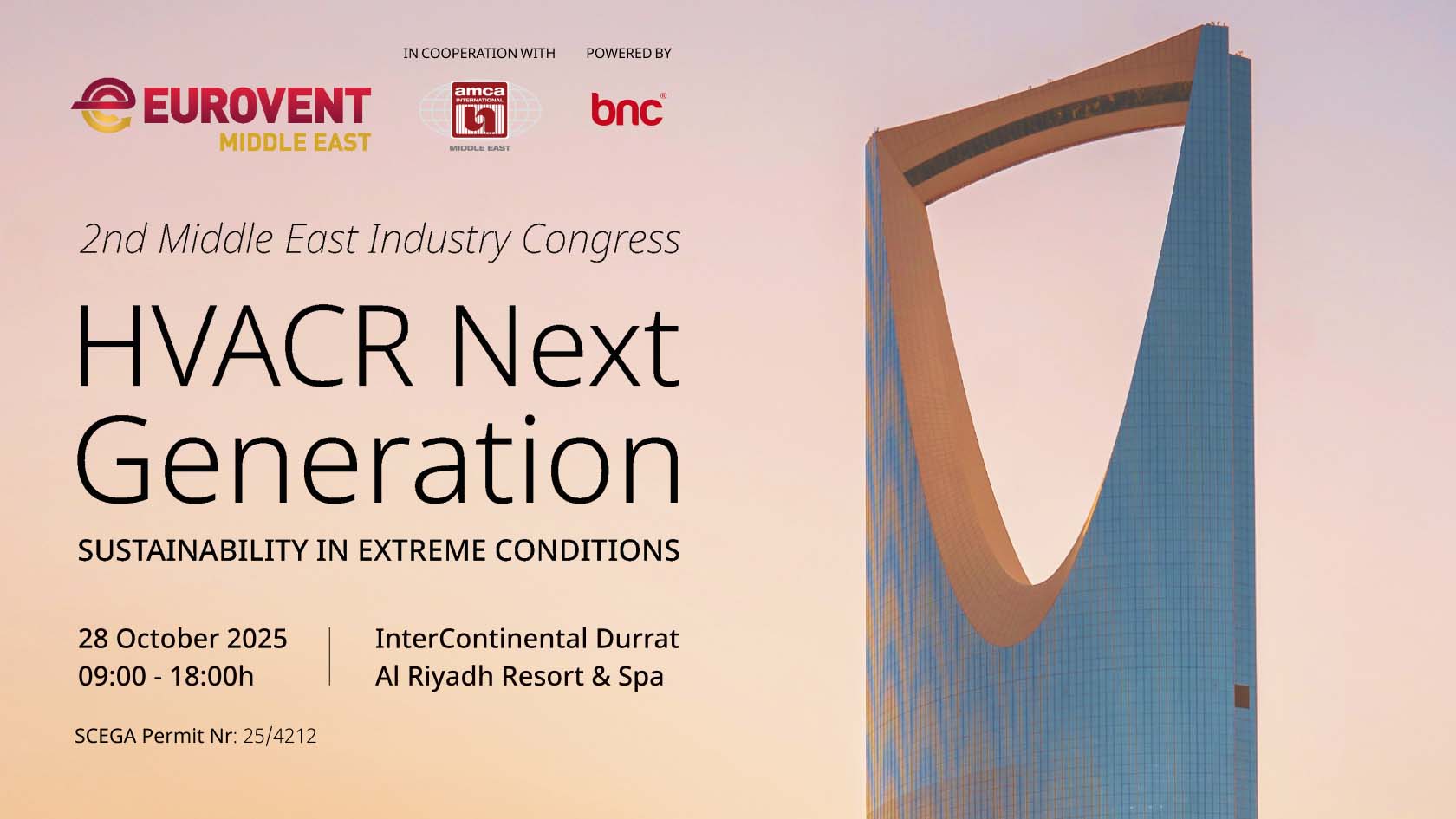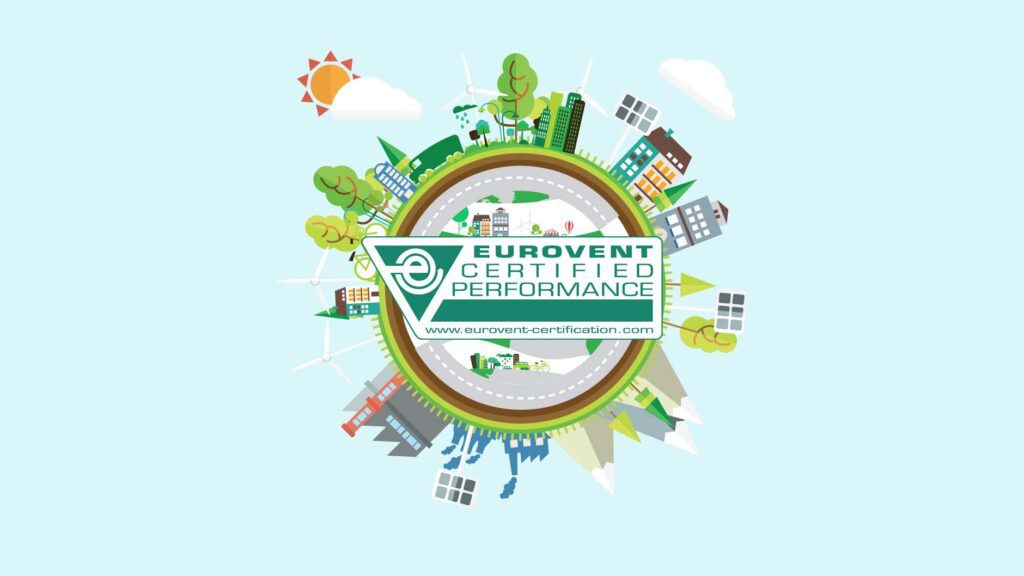2nd Middle East Industry Congress

2nd Middle East Industry Congress

Eurovent Middle East is the association of the region's leading HVACR manufacturers

Eurovent Middle East is the association of region's leading HVACR manufacturers
Say YES to Indoor Air Quality
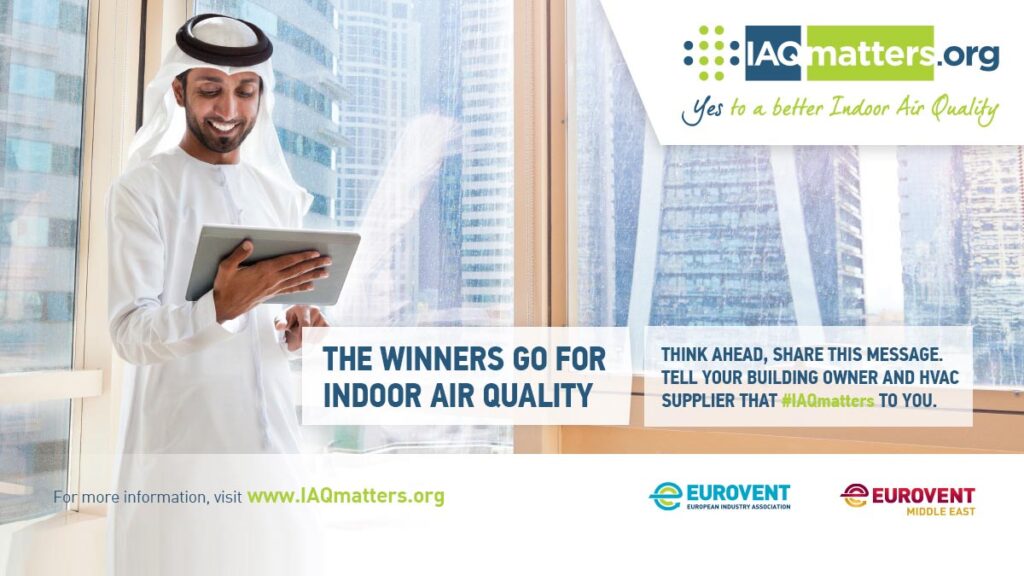
Say YES to Indoor Air Quality
News
Check out our NewsHub to stay up to date on Eurovent activities and much more through our News and Press Releases, regularly published in this section.
News
Press Release
Press Release
Press Release
News
Press Release
Press Release
Press Release
Press Release
Eurovent Certification
Eurovent Certita Certification (ECC) is globally known for its quality mark ‘Eurovent Certified Performance’. For the HVACR industry, ECC plays an important role in establishing a level playing field for manufacturers by certifying performances while guaranteeing the fundamental integrity of their product lines. The ‘Eurovent Certified Performance’ mark indicates that this quality requirement has been fulfilled and should not require the need to be proven after the customer’s decision and after the manufacturer’s production process.
Are you looking for Eurovent certified products? Visit the certified product directory.
Events
Have a look at our comprehensive calendar showing all meetings of the different Eurovent groups, as well as external events interesting for all stakeholders from the HVACR industry.
Eurovent Market Intelligence
Eurovent Market Intelligence (EMI) is the European statistics office of the HVACR market. EMI runs independently from association activities. This has been done to comply with the strictest confidentiality standards. EMI has been providing key market data since 1994 and is a trusted partner of more than 300 manufacturers. The guiding principle of EMI is to establish a map of the European, Middle Eastern and African sales.
Publications
This section allows you to download all kinds of publications from Eurovent, such as Eurovent Recommendations (‘Codes of Good Practice’), Guidebooks, Position Papers, FAQs, and others. All publications produced by Eurovent can be downloaded free of charge.
JOIN US
Are you interested in becoming a member of our globally known industry association? This page provides you with in-depth information on what it takes.
FOLLOW US
Stay up to date on the latest news surrounding the indoor climate (HVAC), process cooling, and food cold chain industry.
Members
In this section, you can find the list of all Eurovent Middle East members, consisting of Ordinary Members, Corresponding Members and Associate Members. Are you interested in becoming a part of the Eurovent Middle East network? Information and registration details can be found here.

